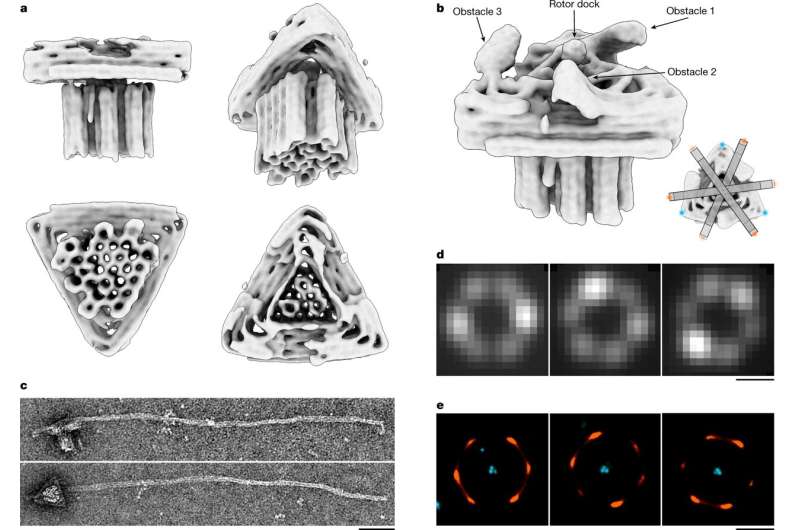
Scientists make the first molecular electric motor from DNA
Mechanical actuators are part of our daily routine, whether in cars, computers and home appliances, they all use electronic mechanisms to work. However, there are drivers in a part that is more vital to us: the human body.
Molecular actuators perform many vital functions for us, such as the ATP molecule, which transports energy from cells. Despite this, reproducing these molecular drivers at the nanoscale and function presents an enormous challenge to science.
Scientists at the Technical University of Munich (TUM) have created a molecular electric motor, or nanodrive, using the DNA origami method. The genetic material apparatus collects and converts electrical energy into self-kinetic energy.
The origami method was created in 2006 by researcher Paul Rothemond and consists of using several single DNA strands that serve as the basis for additional DNA strands that are linked together as counterparts. The DNA sequences are chosen so that the attached strands and folds create the desired structures.
molecular motor

This technology allowed the creation of a molecular rotor nanodriver. We have been developing this manufacturing method for many years, and now we can develop highly precise and complex organisms such as molecular switches or hollow bodies that are capable of capturing viruses. Self-assembly”, explains Hendrik Dietz, Project Manager.
This small robot consists of three parts: a base, a platform and a rotating arm. According to the university: “The base is about 40 nanometers high and is connected to a glass plate of solution by chemical bonds on a plate glass. A rotating arm up to 500 nanometers long is attached to the base so that it can rotate. Another component necessary for the motor to operate as intended: a platform It is located between the base and the rotor arm.This platform contains obstacles that affect the movement of the rotor arm.To overcome obstacles and turn, the rotor arm must be bent slightly upwards, like a ratchet.
“The new engine has unprecedented mechanical capabilities: it can reach a torque of up to 10 picuntons times nanometers. It can generate more energy per second than is released when two ATP molecules are separated,” said Ramin Golestanian, one of the project participants.
“The new motor could also have technical applications in the future. If we develop the motor further, we can use it in the future to drive user defined chemical reactions inspired by the way that makes ATP synthase driven by rotation. So, for example, surfaces could be densely covered with these motors. Then you add the raw materials, apply some AC voltage, and the motors produce the desired chemical,” concludes Dietz.
Have you seen our new videos on Youtube? Subscribe to our channel!

“Organizer. Social media geek. General communicator. Bacon scholar. Proud pop culture trailblazer.”
